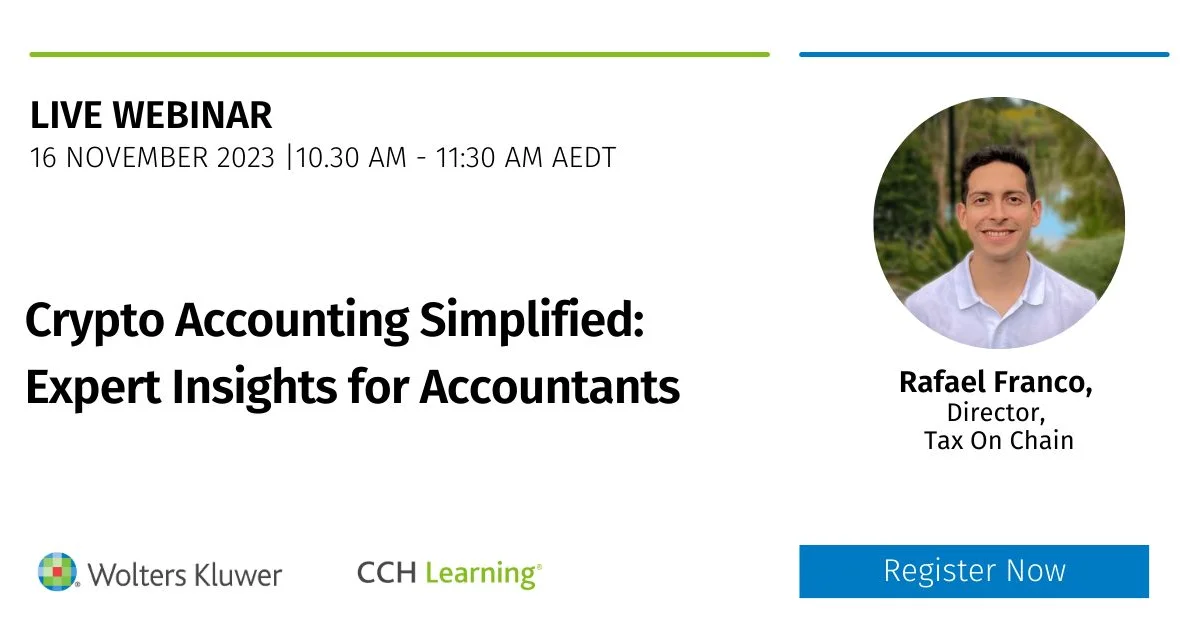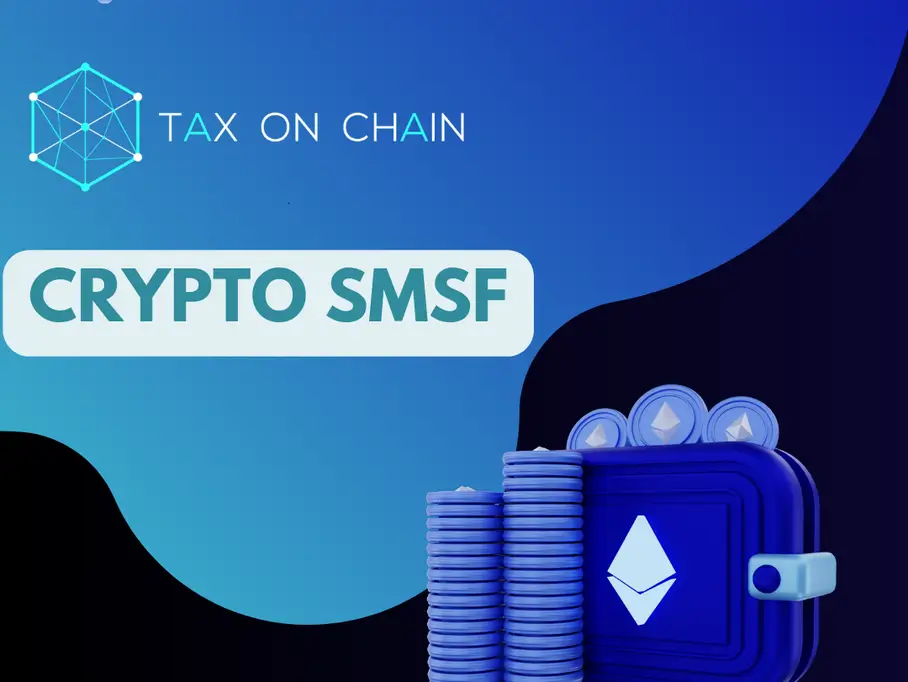Disclaimers – this article:
- Is not tax advice, financial advice, legal advice or security advice;
- Is intended for Australian readers but may be relevant to others;
- Focuses on Ethereum but may be relevant to other Ethereum Virtual Machine (EVM) compatible or equivalent blockchains;
- Contains opinions that are my own;
- Is not sponsored.
TL;DR – This article covers:
- A broad overview of how ETH staking rewards work;
- How staking rewards generally are assessed for income tax purposes;
- How ETH staking prior to Shapella is different;
- The unresolved divide in how to assess ETH staking rewards; and
- A brief explanation of the tax impacts on each approach, before and after Shapella.
Bullish Unlock – including for the tax man
While ETH stakers eagerly await the arrival of the Shanghai and Capella hard forks (colloquially referred to as “Shapella”) to Ethereum mainnet, one thing that may have slipped the minds of most is the potential income tax implications of staking rewards.
Staking Rewards: An ETH Staker refresher
As most ETH stakers will know, there are three main elements to the rewards they can earn from securing the Ethereum blockchain, which can be derived from either the Consensus Layer (CL) or the Execution Layer (EL) and include:
- Attestations (CL);
- Sync Committee Participations (CL); and
- Block Proposals, which can be further broken down into:
- Proposer Reward (CL);
- Tips (EL); and
- MEV (EL) (if you use MEV-boost software on your validator stack)
While EL rewards are immediately spendable, CL rewards since the Beacon Chain launch on 1 December 2020 have not been able to be withdrawn. They have been slowly accumulating on the CL until the launch of Shapella, when ETH stakers will be able to withdraw their ETH deposits and CL rewards.
As soon as Shapella goes live, the first sweep of accumulated CL rewards will begin, at a rate of 16 withdrawals per slot. Provided ETH stakers have upgraded their withdrawal credentials (see notes.ethereum.org for more details) they can expect to receive their first batch of accumulated CL rewards within 5 days of the Shapella launch.
When are staking rewards derived?
For the most part, income derived from staking rewards is considered income under ordinary concepts (Source: Income Tax Assessment Act 1997 s6-5) and will be subject to income tax at the relevant income tax rates for the entity that earned the income.
From a timing perspective, this income is generally considered ‘derived’ when it is received (i.e. when it hits a wallet that the taxpayer controls).
Upon successfully forking to Shapella, ETH stakers will likely have two separate taxing points for EL and CL rewards respectively:
- EL – The point in time that the ETH staker successfully proposes a slot (EL component); and
- CL – The point in time that the ETH staker successfully attests to a slot, participates in a sync committee or proposes a slot (CL component).
For income tax purposes, Shapella brings ETH staking back into line with most other basic staking reward concepts. However, for over two years ETH stakers and tax professionals alike in Australia have been uncertain as to whether CL rewards are considered to have been derived. While these rewards accumulate every slot (12 seconds) on a wallet the taxpayer controls, they have previously been locked up on the CL, unable to be spent.
Unfortunately, this yet to be clarified by the Australian Taxation Office, resulting in two different scenarios for reporting ETH staking rewards and two different scenarios that will play out upon Shapella’s arrival to mainnet.
The ‘Yes’ Case
Arguably, those that treat CL rewards as assessable pre-Shapella are taking a conservative approach to their taxes. The position with this approach will likely revolve around the concept of control. Despite not being free to withdraw, it has still hit a wallet that the ETH staker controls; they control the EL wallet that originally deposited the ETH on to the CL, they make the choice of which CL and EL nodes are operated, they are the ones in possession of the withdrawal credentials and, post-Shapella, will control the ability to use those credentials to exit their staked ETH and return it to the EL.
Tax implications pre-Shapella
For people that have taken this approach, income on all CL and EL rewards has been reported as assessable income.
Tax implications at Shapella
Because income has already been reported as the rewards have been received, there won’t be any spikes in accrued CL rewards and will therefore have a limited impact on ETH stakers.
The ‘No’ Case
The other argument for the treatment of pre-Shapella staking rewards is that the taxing point for accumulated CL rewards is deferred until the unlock takes place. Broadly, the core of this argument is also one of control, however it focuses more on the loss of control once ETH moves to the CL. Unlike ETH on the EL, you can’t freely transfer ETH between wallets and, until Shapella, you won’t be able to withdraw your staked ETH or the associated rewards.
This approach could be comparable to the concept of interest on savings accounts or term deposits; interest accrues daily but is not credited to a customer’s account until a specified time in the future (e.g. at the end of the month or a pre-determined lockup period). Comparing this to ETH staking, rewards for successful attestations accrue on the CL every 12 seconds but won’t be swept to the EL where it is accesssible for approximately 5 days (based on current validator count) once Shapella is live. It just so happens that ETH staking is substantially more transparent than a bank – proponents of this approach may even compare the CL to a bank ledger.
Tax implications pre-Shapella
For people that have taken this approach, only income from EL rewards has been reported as assessable income.
Tax implications at Shapella
The extent of the impact for ETH stakers will depend on a number of factors including, but not limited to:
- How many nodes are being operated;
- How long each node has been operating; and
- How many successful attestations, sync committee participations and slot proposals have been made
Some may have only just started staking their ETH and only have one node. Others may have been running multiple nodes since the genesis of the CL on 1 December 2020 and have more than 4.5 ETH (approximately AUD 10,000 at the time of writing) per node in accumulated CL rewards.
Depending on your own circumstances, including how the ownership of your ETH nodes are structured, this could result in a significant spike in assessable income, such that you may end up paying a much higher rate of marginal tax. You may even be exposed to additional taxes including, but not limited to:
- Medicare Levy surcharge (additional 1% – 1.5% of your taxable income if you don’t have Private Health Insurance and earn over AUD 90,000 as an individual or AUD 180,000 as a couple/family in adjusted taxable income);
- Repayment of overclaimed Private Health Insurance rebates (if you have Private Health Insurance);
- Additional tax on superannuation contributions (known as Division 293 tax) (additional 15% tax on certain contributions where your adjusted taxable income is more than AUD 250,000)
Closing thoughts and possible opportunities
There is still time to plan ahead of the end of the 2022-23 financial year, which ends 30 June 2023. Be sure to stay on top of your cryptocurrency tax records so that you know what lies ahead and consider your options to optimise your position. The opportunities for optimisation are endless and will depend on your own circumstances but broadly may include:
- Tax loss harvesting;
- Restructuring ownership of your crypto assets;
- Deferring other sources of income (where possible); and
- Bringing forward potential deductions (including superannuation contributions).



